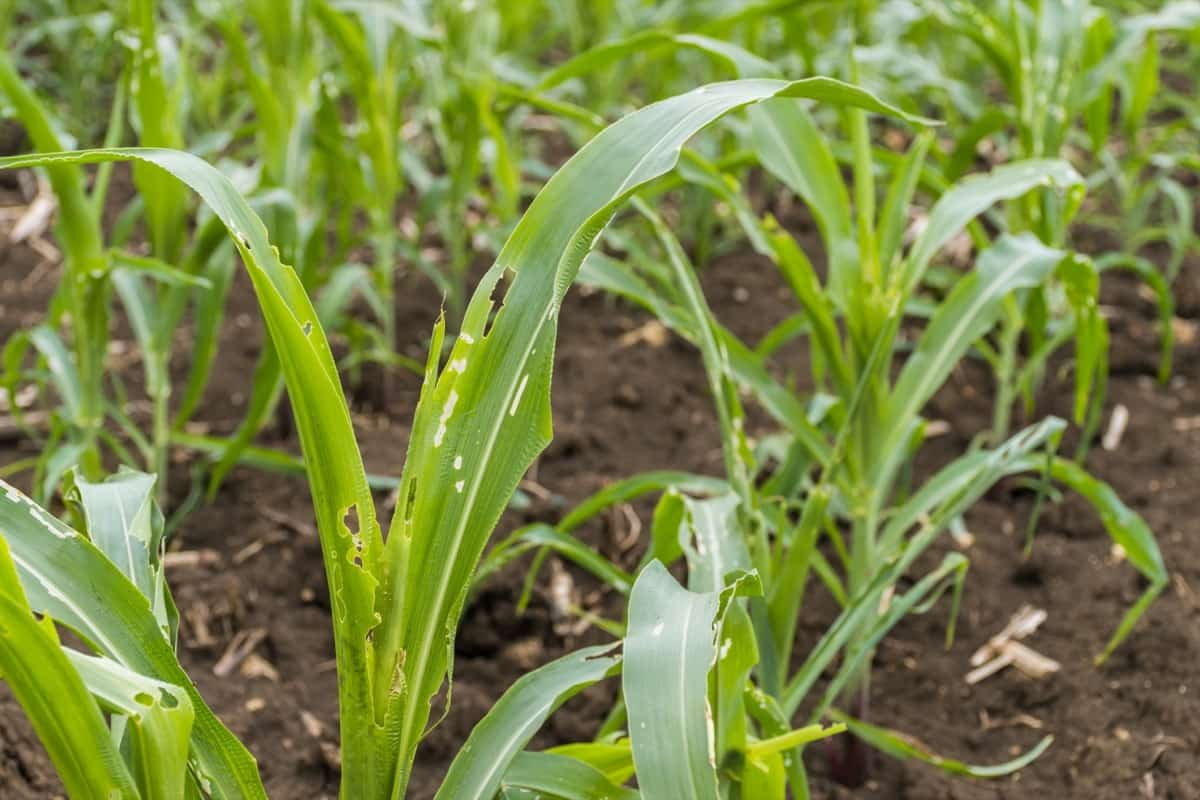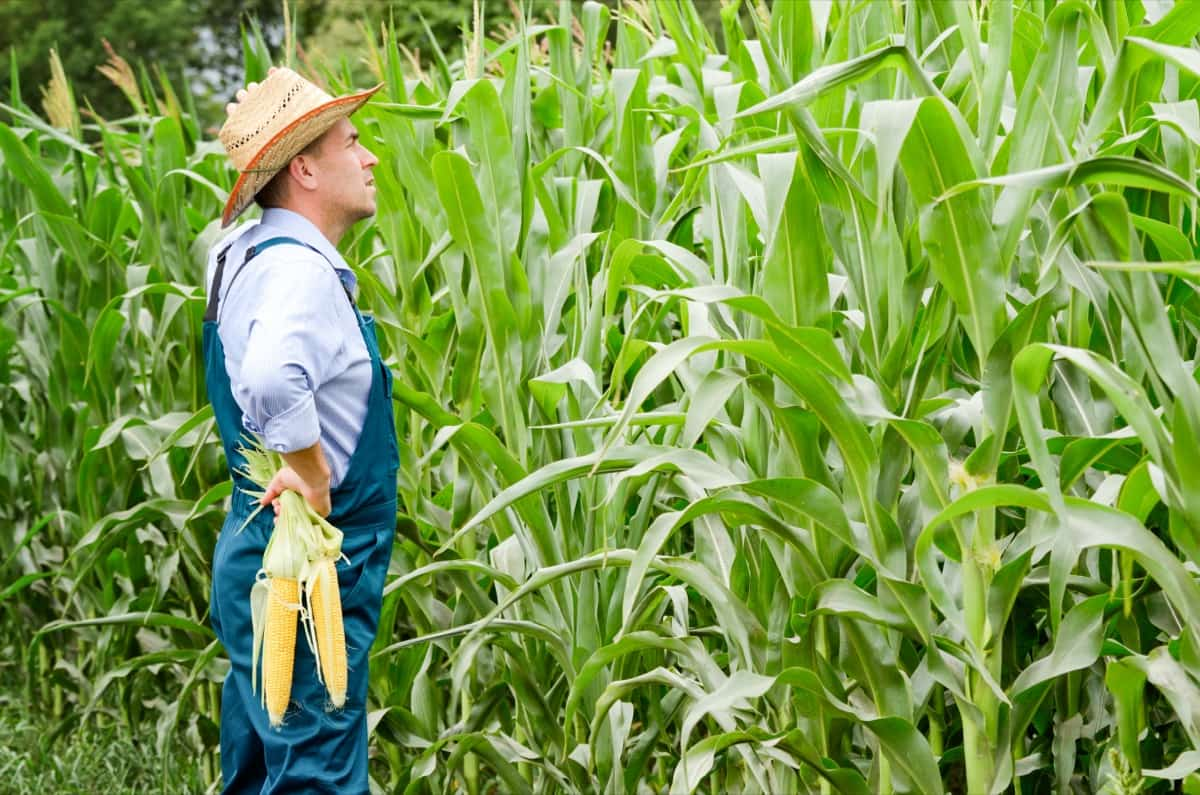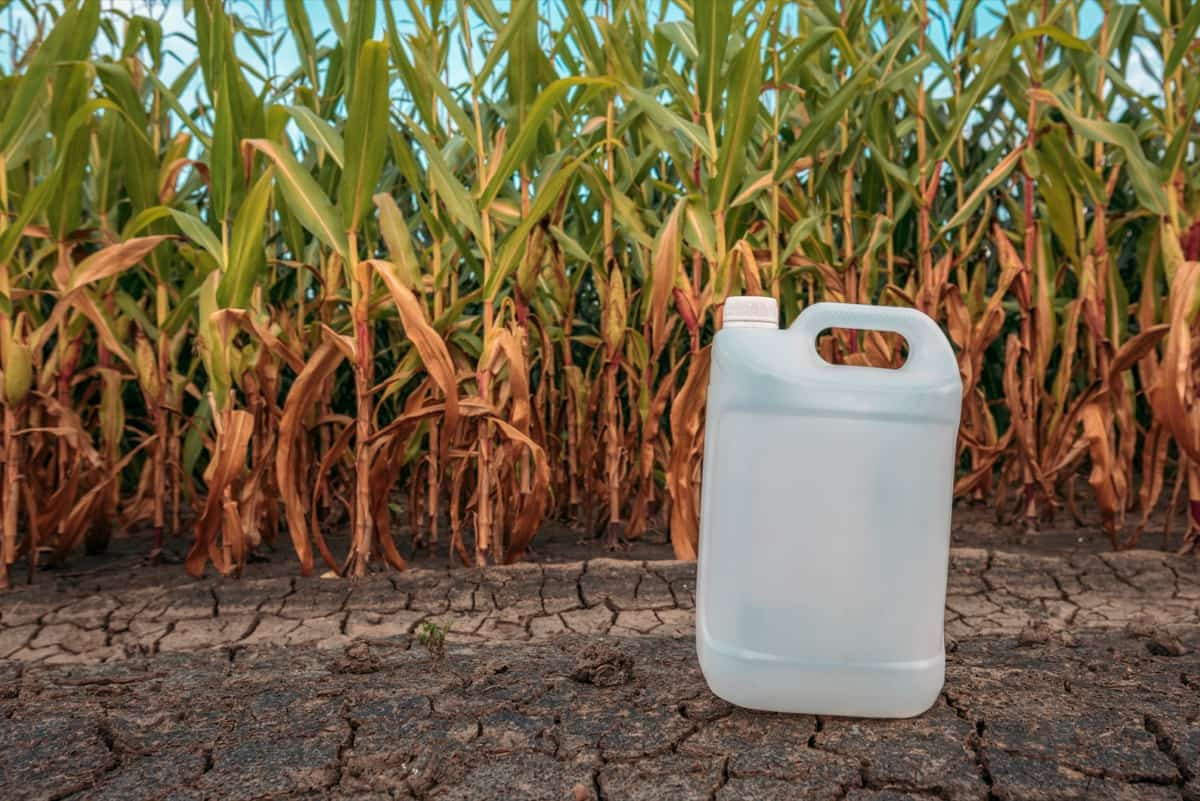Welcome to our comprehensive guide on managing insect pests in maize! Maize, also known as corn, is a staple crop in many regions but is prone to attack by various insect pests. This article will delve into the damaging symptoms caused by these pests, explore effective prevention strategies, and discuss control methods that can safeguard your maize crops. Whether you’re a seasoned farmer or a gardening enthusiast, this resource will equip you with the knowledge and techniques to combat insect pests and ensure the health and productivity of your maize plants.

Major and Common Insect Pests of Maize and Their Management
- Fall Armyworm (Spodoptera frugiperda): This voracious pest can cause extensive damage by feeding maize plants’ leaves, tassels, and ears. Integrated Pest Management (IPM) practices involving early detection, cultural control, and targeted insecticide application are essential for effective management.
- Corn Earworm (Helicoverpa zea): These pests primarily target maize ears, damaging and contaminating kernels. Key management tactics are implementing pheromone traps, employing biological controls such as parasitic wasps, and timely insecticide applications.
- European Corn Borer (Ostrinia nubilalis): Larvae of this pest bore into maize stems, leading to weakened plants and yield losses. Planting Bt (Bacillus thuringiensis) maize varieties and practicing crop rotation can help control infestations.
- Maize Weevil (Sitophilus zeamais): This stored grain pest can cause significant post-harvest losses. Proper grain storage techniques, such as cleaning and drying maize, and airtight storage options can help prevent infestations.
- Aphids (Aphidoidea): These small, sap-sucking insects can transmit viral diseases and stunt maize growth. Encouraging natural enemies like ladybugs, practicing regular scouting, and applying appropriate insecticides can effectively manage aphids.
- Wireworms (Agriotes spp.): The larvae of these pests feed on maize seeds and roots, leading to poor germination and stand establishment. Crop rotation, deep plowing, and treated seeds can mitigate wireworm infestations.
- Stalk Borers (Papaipema nebris): These pests tunnel inside maize stalks, causing lodging and plant death. Cultural practices like removing crop residues and cultivating resistant hybrids aid in managing stalk borers.
- Cutworms (Noctuidae family): These nocturnal caterpillars cut maize seedlings at ground level, causing stand losses. Using cutworm collars, implementing biological controls like nematodes, and practicing early planting can minimize damage.
- Leafhoppers (Cicadellidae family): Leafhoppers transmit phytoplasma diseases, leading to stunted growth and reduced yields in maize plants. Planting disease-resistant varieties and managing weeds can help control leafhopper populations.
- Armyworms (Mythimna spp.): These caterpillars feed on maize leaves, leading to defoliation. Regular monitoring, practicing crop rotation, and employing biological controls like parasitic wasps can aid in managing armyworm.
How to Manage Insect Pests in Maize
Spotted Stem Borer Pest Management in Maize
- Identification: The maize pest Spotted Stem Borer (Chilo partellus) reduces yields by 26% to 80%. The larvae are creamy pink to yellowish brown with four rows of dotted stripes on the back and a reddish head. The mature female moth has brown-yellow forewings and white hind wings. Life lasts 5-6 weeks.
- Damage: Spotted Stem Borer moths deposit eggs on 3-5 leaf maize plants and eat in groups, leaving pinholes and papery windows as the whorl unfurls. As the infestation proceeds, larvae tunnel into the developing stalk, reaching the meristem and drying out the leaf whorl, known as “dead heart,” causing plant death and probable tiller production.
- Management: To control Spotted Stem Borer, collect and dismantle stubbles, sow Napier grass as a trap crop, intercrop maize with cowpea, and release two Trichogramma chilonis egg parasitoids. Management: Discard dead hearts. When infestation surpasses 10%, apply 150ml/ha Chlorantraniliprole 18.5 SC. Trichogramma chilonis, Cotesia flavipes, Chrysoperla carnea, coccinellids, spiders, and other beneficial insects can also suppress Spotted Stem Borers.
Pink Stem Borer Pest Management in Maize
- Identification: Pink stem borer, also known as Sesamia inferens Walker, is a significant pest, causing yield losses ranging from 25.7-78.9%. The larvae are light pink in color with a purplish tinge and have a 22-36 day larval period.
- Damage: The adult female moths are medium-sized, stout moths with coppery-tinged scales and brown streaks. Their life cycle varies from 40-53 days. Upon hatching, pink borer larvae feed in groups inside the leaf sheath and feed on the epidermal layer, preferably on the first three leaf sheaths. They bore into the central shoot, drying up the growing point and forming dead hearts in young plants. They form circular tunnels inside the stem and exit holes at the surface, filled with excreta.
- Management involves collecting and destroying stubbles, deep summer plowing, and removing dead hearts when the infestation exceeds 10%. Natural enemies include egg parasitoids like Trichogramma chilonis and larva parasitoids like Cotesia flavipes.
Fall Armyworm Pest Management in Maize
- Identification: Fall Armyworm is an invasive pest that poses a significant threat to maize crops. Its life cycle involves female moths laying egg masses with tan-colored scales on leaves, containing 50-150 eggs. The larvae are smooth-skinned and have a 15-18 day larval period; adults emerge after 7-9 days.
- Damage: Fall Armyworm infestation affects maize from seedling emergence to ear development stages, causing damage to leaves and kernel loss.
- Management: Farmers should implement IPM strategies to control Fall Armyworms, such as deep plowing, neem cake application, clean field bunds, and flowering plants. Monitoring pheromone traps, intercropping with legumes, and clean cultivation are suggested during growth stages. Wholel applications of biological agents, such as Bacillus thuringiensis formulations, entomopathogenic fungi, or insecticides, are advised based on the infestation level. Additional measures include handpicking and destroying larvae in ears and further applications of biological agents or insecticides during the flowering to harvest stage.
In case you missed it: How to Identify and Treat Maize Diseases: Symptoms, Spread, and Control Management

Shoot Fly Pest Management in Maize
- Identification: Shoot fly (Atherigona spp.) causes significant plant loss when seeded between February and March. Punjab possesses Atherigona Naqvi, while the surrounding area has a species complex of Atherigona social and Atherigona orientalis. The eggs of A. Naqvi is cylindrical with slight ridges, but the eggs of A. soccata and A. orientalis are elongated with wings.
- Damage: Shoot fly feeds on maize seedlings until three weeks after they sprout, giving “dead heart” symptoms. Timely sowing, seed treatment, dead heart removal, and natural enemies are all part of management. The maize cob borer (Helicoverpa armigera) eats silk and can enter the ears.
- Management: Cob borer management options include cultivating hybrids with well-covering husks, handpicking larvae, monitoring with pheromone traps, and spraying appropriate formulations in high infestations. Parasitoids, predators, and entomopathogens aid control.
Corn borer (Helicoverpa armigera) Pest Management in Maize
- Identification: Creamy-white eggs on silk, larva with greenish to brown color and dark brown-grey lines on the body, adult moth with distinct color patterns between males and females.
- Damage: Larvae feed on silk and may tunnel into ears, especially if the ear tip is open.
- Management: Cultivate sweet corn hybrids with well-covering husks, handpick and destroy larvae, use pheromone traps for monitoring, and apply BtK formulations or HaNPV if a heavy infestation is noticed.
Tobacco caterpillar (Spodoptera litura) Pest Management in Maize
- Identification: Eggs laid in masses on the underside of leaves, larvae with variable color and bright-yellow stripe along the dorsal surface, an adult moth with grey to reddish-brown forewings and greyish-white hind wings.
- Damage: Larvae feed on tender leaves, giving them a thin papery appearance.
- Management: Handpick and destroy larvae, use pheromone traps for monitoring, release egg parasitoid Telenomus remus, apply NPV solution or neem formulations, and spray neem seed kernel extract for early instar larvae.
Flower chafer beetle Pest Management in Maize
- Identification: Bright metallic green adults, yellowish eggs laid in soil, larvae white to greyish-white, pupation in soil, and yellow pupa.
- Damage: Adult beetles feed on pollen, producing a poor seed set.
- Management: Deep plowing of infested fields, handpicking adults, removing dead decomposing matter.
Armyworm Pest Management in Maize
- Identification: Shiny, greenish-white eggs, greenish to greyish-brown larvae with distinct markings, pale brown adult moths.
- Damage: Larvae feed on tender leaves, skeletonize them, and can damage immature ears.
- Management: Handpick and destroy larvae and spray emamectin benzoate for late instar larvae.
Cutworm Pest Management in Maize
- Identification: Creamy white dome-shaped eggs, greasy and dark brown larvae with a redhead, reddish-brown pupa.
- Damage: Larvae feed on leaves and cut tender stems of young plants.
- Management: Dig near damaged seedlings and destroy larvae; handpick larvae with a flashlight.
Termites Pest Management in Maize
- Identification: Social insects with a queen, workers, and soldiers; the queen lays eggs, and larvae develop into workers and soldiers.
- Damage: Termite invasion starts from dry leaves, later affecting roots and lower parts of stems, leading to lodging and destruction.
- Management: Clean cultivation, avoid partially decomposed manure, and temporarily reduce termite population with irrigation.
In case you missed it: Maize Head Smut Disease Management: Symptoms, Treatment, Chemical, Biological, Natural, and Organic Control

Conclusion
To manage insect pests in maize, identify pests like corn borers, tobacco caterpillars, flower chafer beetles, armyworms, cutworms, termites, grasshoppers, and aphids. Implement preventive measures, such as handpicking, using pheromone traps, applying biological controls, and employing targeted insecticides when necessary.
- Beneficial Insects in Pest Management
- Natural Solutions for Pest Control in Flower Gardens
- Types of Fungicides Used in Agriculture
- Common Issues in the Fruit Development Stage of Pomegranate Farming
- Fruit Development Issues in Papaya: Easy Solutions and Treatment
- Soil-Borne Diseases and How to Protect Your Plants
- Practices to Prevent Disease Spread in the Garden
- From Wilted to Thriving: How to Treat Root Rot Naturally in Houseplants
- Natural Remedies to Cure Brown Spots on Fig Tree Leaves